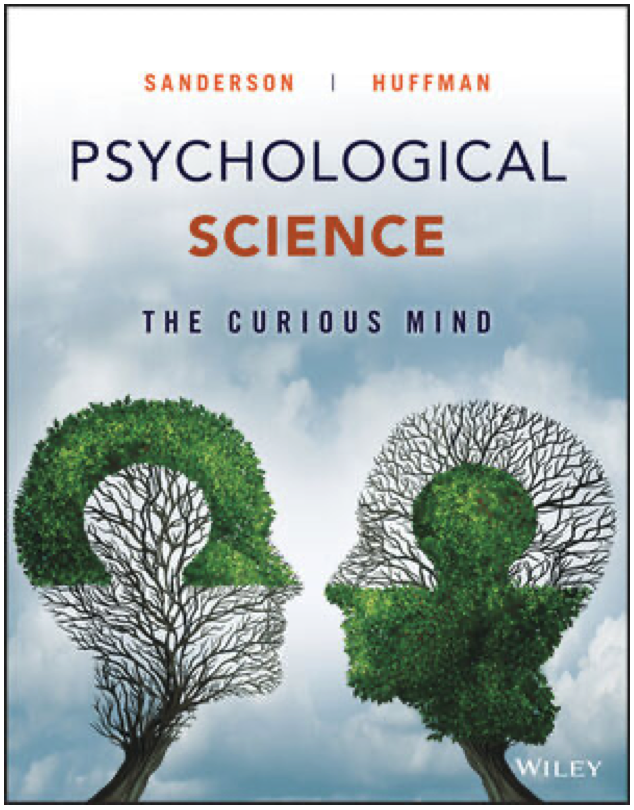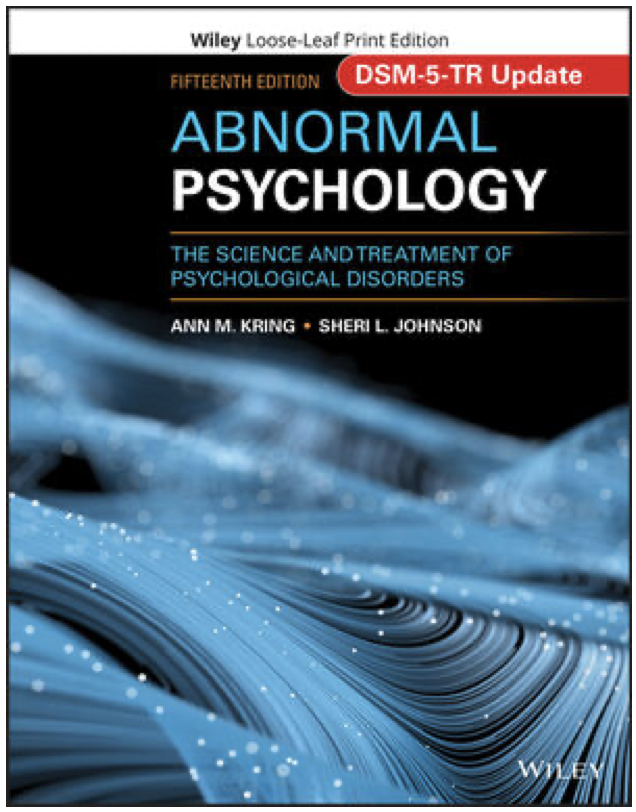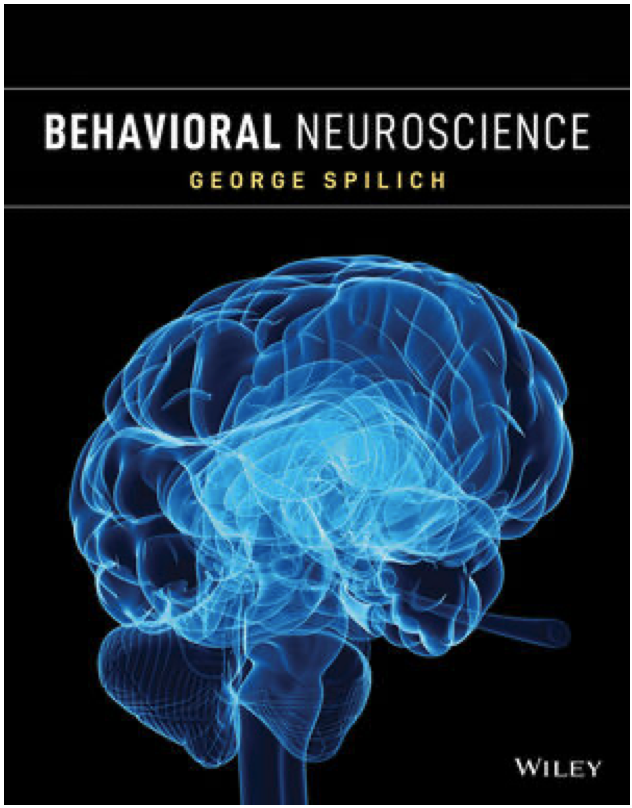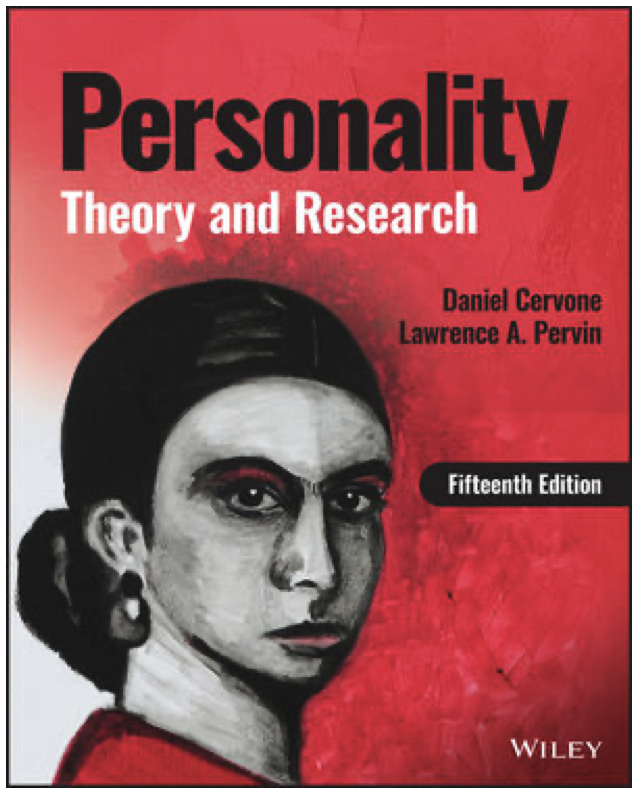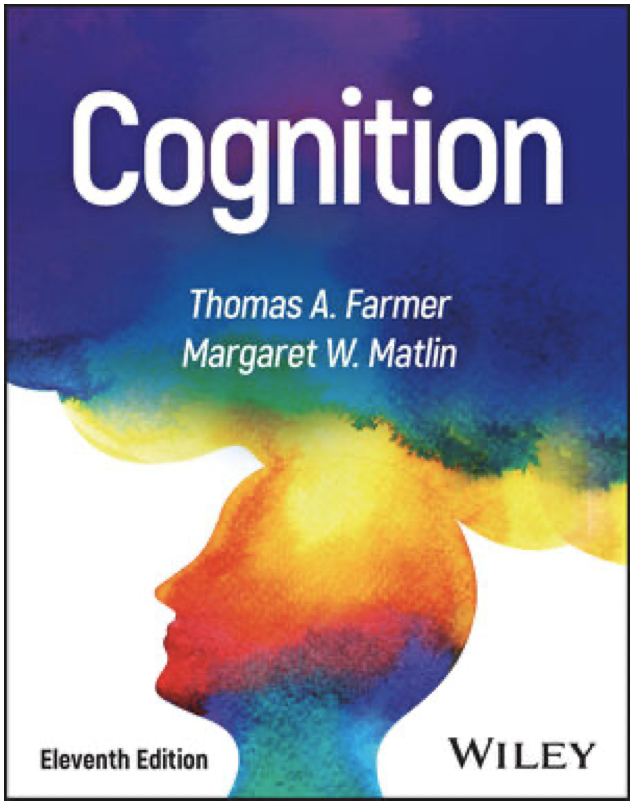PSYCHOLOGY UPDATE
3 ARTICLES RELATED TO THE TOPIC OF
SENSATION & PERCEPTION & ALCOHOL CONSUMPTION
Recently there have been a number of articles in the popular media on the topic of Sensation & Perception and alcohol (beer, wine, hard liquor). This area is often taught as anatomy and physiology with some extras thrown in such as optical illusions and Gestalt principles. These three articles will be engaging to the students due to the unusual focus of the particular topics.
TITLE
ARTICLE #1:
Loud Sounds Can Make Your Drink Seem Stronger
DESCRIPTION
This article reports on a fascinating experiment wherein four student groups drinking various alcoholic drinks were exposed to silence, music, news, and music with news. The group exposed to music solely reported that their drinks tasted sweeter and stronger than the students in the other conditions. “Sounds can make chocolate and coffee seem sweeter, airplane food more savory and stale chips fresher.” The article not only discusses the study but explains how sound sensations are transmitted from ear to brain and then how the brain perceives the sensations. The article discusses the interaction of the sound perception influencing taste perception. The researchers stated that “… we can correlate, and even see causation, between sound and alcohol consumption. Environments such as bars and clubs are created to induce those addictive behaviors, and music is a piece of that—those bass, throbbing tones that are the soundtrack of nightclubs.”
SOURCE
Smithsonian, September 29, 2016, by Simian Sethi
LINK TO RESOURCE
(Tiny URL) http://tinyurl.com/hc4ecam
TITLE
ARTICLE #2: Music Enhances Beer’s Flavor
DESCRIPTION
Another fascinating study compared three groups drinking beer — two of the groups drank without music in the background, while the third group listened to music while they drank the same beer. Results indicated that those drinking while listening to music gave the beer a higher rating (“liking”) than either of the other groups. “Previous studies have confirmed the influence of auditory inputs on our non-aural senses. For example, other researchers have demonstrated that listening to classical music can make wine taste sweeter.”
SOURCE
Psychology Today, July 29, 2016, by Katherine Schreiber & Heather Hausenblas
LINK TO RESOURCE
(Tiny URL) http://tinyurl.com/jrhgxgs
TITLE
ARTICLE #3:
The Perception of Wine
DESCRIPTION
The first paragraphs of this article fabulously takes the reader through an understanding of the taste apparatus (hardware) and how the brain perceives the flavors. Also, the author integrates how other perceptions (especially) olfaction or smell interacts with taste. Further, the article discusses the limbic system, emotional reactions to flavors, and memory and cognition and how all of these influence our perceived taste. This article should fascinate the students and engage them in an understanding beyond just the anatomy and physiology of taste. The article concludes with the statement: “Tasting is not so much a function of the hardware (the nose and palate) as it is of the software (the mind or brain).”
SOURCE
Psychology Today, February 21, 2014, by Neel Burton
LINK TO RESOURCE
https://www.psychologytoday.com/blog/hide-and-seek/201402/the-perception-wine
(Tiny URL) http://tinyurl.com/gnle458
CLASS DISCUSSION QUESTIONS
•First discuss the basics of the topic of sensation & perception in terms of bottom-up and then top down processing.
•What do we know about taste perception? Bring the students up to date on the now 5 flavors (which include umami).
•According to the articles: how is the perception of alcohol affected by sound sensation? (First get the technical aspects discussed from the articles, then permit anecdotal stories from the students’ own experiences.)
•How is the flavor perception of wine influence by the other senses, emotions, memory, and expectations?






